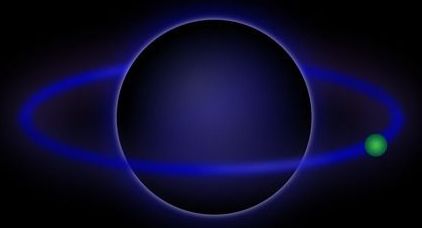A new analysis of black hole vibrational spectra identifies which frequencies are stable to perturbations—information pertinent for gravitational-wave analysis and quantum gravity modeling.
Are black holes stable when they are slightly perturbed? This question was answered 50 years ago by the physicist C. V. Vishveshwara with a numerical experiment: Vishveshwara imagined sending a wave packet toward a black hole and observing what came out [1]. He found that the scattered wave is a sum of damped sinusoids, whose frequencies and damping times are the free-vibration modes, or so-called quasinormal modes, of the black hole. The damping implies that black holes are stable—they settle back into a stationary state after being perturbed.
